Last updated: October 4, 2024
Article
Visiting Isle Royale in Fall

NPS Photo
Isle Royale National Park is open every year from April 16 through October 31. Visiting the park during the fall season (September/October) requires a higher degree of planning and preparation. In the fall, visitors should expect to be completely self-sufficient, as services and emergency response are limited to non-existent. Check current conditions and The Greenstone newspaper before your trip for the most up to date information, including opening dates for services and transportation schedules.
Reduced Services
On island services in the fall are limited to non-existent. Visitors should bring everything they will need for their trip. Consider bringing extra provisions, such as warmer gear or more food for additional meals.
Visitor centers at Rock Harbor and Windigo are open daily until mid September, and then open intermittently until October. Visitor centers are closed in October.
In the fall, potable water is not available anywhere on island. Fall visitors should come prepared to purify water.
Restrooms are closed in the fall - use outhouses and bring toilet paper.
Rock Harbor Lodge and the Windigo Store typically close in mid September.
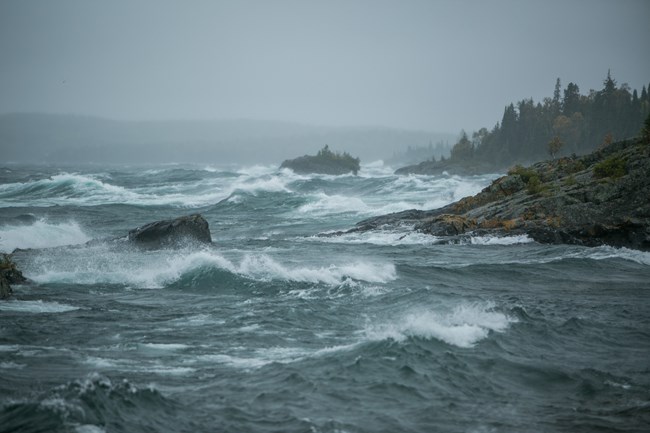
Amie Heeter
Weather
Fall weather on Isle Royale can be inclement and unpredictable. Plan for a variety of conditions, including heat, cold, rain, waves, wind, ice and snow. An average fall day on the island may consist of warm daytime temperatures, and cold nighttime temperatures. Gale force winds and large waves are common and weather events can last for multiple days. Snow, ice, and freezing spray on shorelines may occur in September and October. Pack layers and waterproof gear. Check the Isle Royale recreational forecast and the Isle Royale marine forecast before your trip.
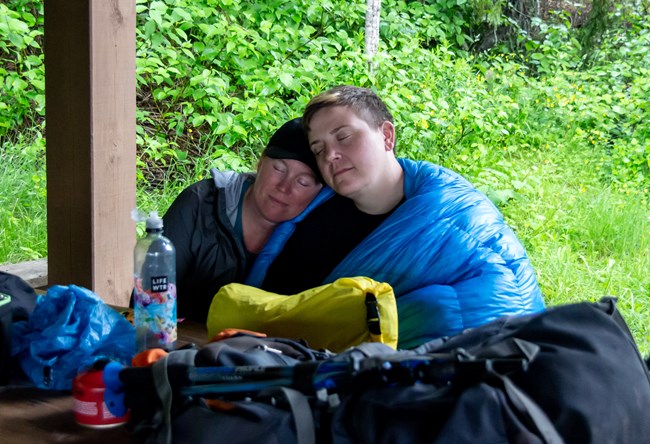
Margaret Barse
Safety
Your safety is your responsibility. During the fall, emergency response is limited to non-existent, requiring visitors to rely on their own skills and equipment. For this reason, it is important to keep a conservative trip plan, be first aid ready, and plan for problems. Cell phone service is unreliable, do not depend on it.
Hypothermia
Cold and wet fall conditions can result in hypothermia. Campfires are only permitted at a handful of campgrounds - bring rain gear, extra layers, and warm liquids to mitigate cold.
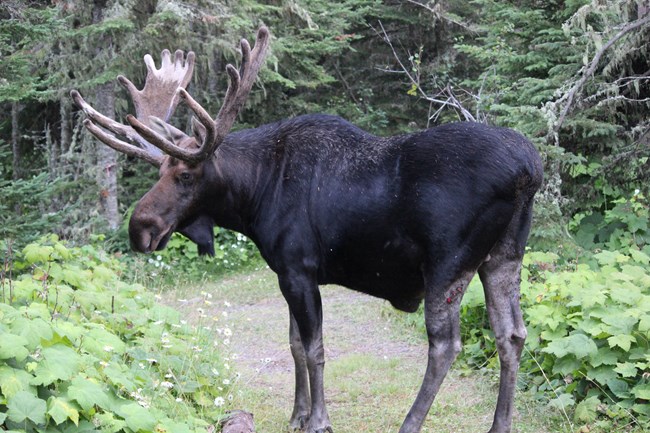
Kelly Morrissey
Wildlife
Late September and October is moose mating season - known as the rut. Bull moose behavior during this time of year can be extremely unpredictable. Rutting bull moose can exhibit aggressive behavior towards people. Give moose extra space and protect yourself by putting a large object between you and the moose. Rutting moose may block trails, which may require hikers to wait long periods of time for moose to pass, turn back, find an alternate route, or move around the moose giving it a wide berth.
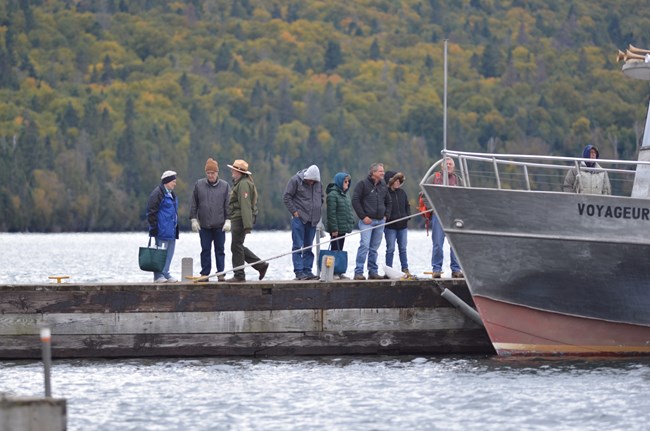
John Pepin
Transportation
Fall ferry and seaplane schedules are limited, and reservations are required. Transportation delays and/or cancellations due to inclement weather are common. Passengers should bring everything they will need for their passage - services onboard ferries are limited. Traveling to Isle Royale between early October and closing (October 31) would require use of a private boat or private seaplane. Check each ferry website to see their schedules.
Ferry Transportation
- Voyageur II:
- The last Voyageur II trip with McCargoe Cove/Belle Isle is typically in mid to late September
- Round island transport concludes end of September
- Windigo day trips are available until the last week of September.
- Isle Royale Queen IV: Concludes end of September
- Ranger III: Concludes mid September
- Sea Hunter III: Concludes early September
Seaplane Transportation
- Isle Royale Seaplanes, Michigan: Concludes mid September
-
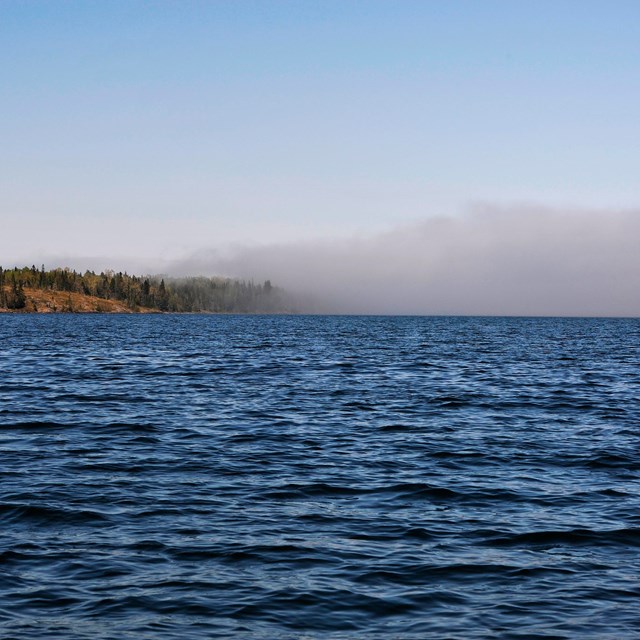 Current Conditions
Current ConditionsImportant park alerts, updates, and weather information for your upcoming visit.
-
 Read The Greenstone Park Newspaper
Read The Greenstone Park NewspaperYour one-stop trip planning guide.
-
 First Timer Guide
First Timer GuideStart planning your trip.
